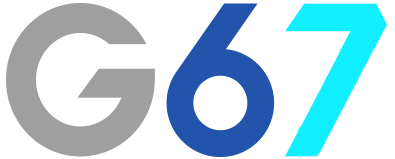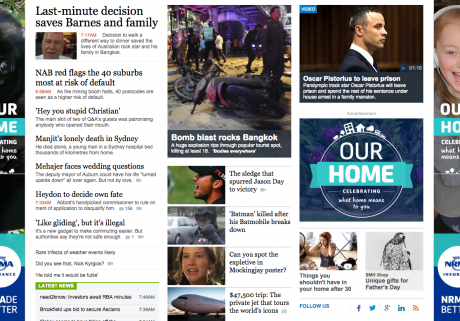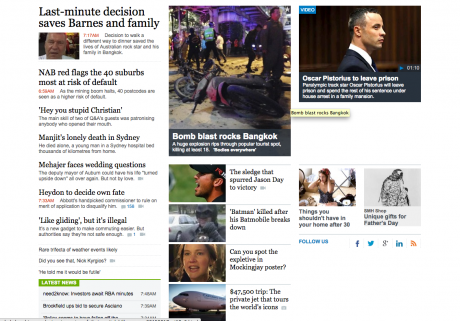Publishing, SEO
SEO can be a complicated beast to the uninitiated. There are no real rules published by Google so it really is a skill-set that is entirely based on experience and history. These are our top 5 tips for SEO success – whether you’re in real estate or e-commerce.1. Checkout how your site is rated in terms of speed
With the launch of its Accelerated Mobile Pages program, Google and the rest of the world is increasingly rewarding the speed of delivery. Run a diagnostic on your site and then fix the related problems. Not only will your search ranking thank you but your users will too. Recent data shared by Google shows that the probably of a user bouncing from your website increases by 32% when the page load takes 1 – 3 seconds.
2. Use Unique Meta-Descriptions
Each of your products, or properties, should be set to include a unique meta-description that accurately describes your product or property thereby helping Google to find your page with more context.
3. Don’t keyword stuff
You know what they say, less is more. Google’s code (or googlebot as it’s commonly known) is pretty sophisticated and it can tell when you’re trying to pull the wool over its eyes. So don’t go crazy on the keywords, use the most relevant ones and don’t be overly repetitive on the page. It knows when you have relevant content, so trust in its expertise and make sure the content makes sense for a human too.
4. Review your site errors
If you’ve got lots of people coming to a page and not converting (either buying or contacting you) then it’s worthwhile reviewing your website errors and checking to see if there are pages not found or not loading properly. Good for the user, good for Google.
5. Add a sitemap, and markup your data
If it’s available to you, use google rich snippets to give more colour and context to your content. You can use them for products, events, recipes, news articles and video. They’ll then show your content at the top of the page with a bit more detail – images, review ratings and descriptions.
If you have questions on how to optimise your existing site without reinventing the wheel, hop on over to our SEO Strategy page.



